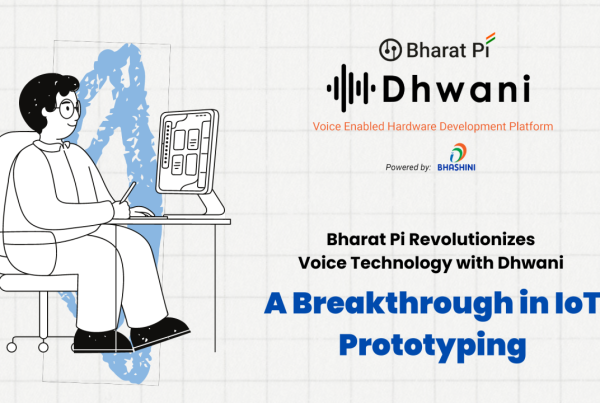
Here’s an overview:
- Understanding the Dichotomy: Products for Customers or Customers for Products
- Analyzing Consumer Behavior: What Drives Purchasing Decisions?
- The Role of Innovation in Shaping Products and Markets
- Case Studies: Successful Strategies in Aligning Products with Consumer Expectations
- Challenges and Opportunities in Product CustomizationChallenges:Opportunities:
- The Future: Emerging Trends in Consumer-Product Dynamics
- Conclusion: Balancing Act – Creating Harmony Between Products and Customers
Understanding the Dichotomy: Products for Customers or Customers for Products
A recurring debate in business circles revolves around the primary focus: Should products be developed to meet customer needs, or should customers be shaped to fit the product offerings?
- Products for Customers:
- Customers for Products:
Both approaches offer distinct advantages and challenges, requiring a strategic alignment with the company’s mission and market conditions.
Analyzing Consumer Behavior: What Drives Purchasing Decisions?
Understanding consumer behavior is essential for effective marketing. Key factors influencing purchasing decisions include:
- Cultural Influences: Beliefs, values, and customs shape consumer preferences.
- Social Factors: Family, friends, and social networks impact buying habits.
- Personal Factors: Age, occupation, and lifestyle determine individual choices.
- Psychological Factors: Motivation, perception, and beliefs drive decisions.
Marketers must consider these elements to tailor strategies that resonate with target audiences. Data analysis and market research provide insights into specific consumer segments, enabling businesses to meet their needs effectively.
The Role of Innovation in Shaping Products and Markets
Innovation drives the evolution of products and markets. It allows companies to meet customer expectations and create new demand. The role of innovation can be seen in several aspects:
- Product Development: Innovations enable companies to improve existing products or create entirely new ones, addressing specific customer needs.
- Market Expansion: By introducing innovative products, businesses can tap into new markets and demographics previously unexplored.
- Competitive Edge: Innovation helps companies differentiate their offerings from competitors.
- Customer Engagement: Innovative products often spark higher customer interest and engagement.
Innovation is not just about ideas but implementing them effectively to transform markets.
Case Studies: Successful Strategies in Aligning Products with Consumer Expectations
Examining case studies reveals actionable insights into how businesses effectively aligned products with consumer expectations.
- Apple Inc.: Apple’s iterative design process and robust consumer feedback systems allowed them to continuously adapt their products to meet evolving customer needs, evident in the success of the iPhone series.
- Nike: Leveraging data analytics, Nike personalized customer experiences through the NikePlus membership, enhancing product recommendations and increasing brand loyalty.
- Procter & Gamble: Through extensive market research, P&G adapted their product lines, such as Tide Pods, to prioritize convenience, addressing consumer demands for efficient solutions.
- Tesla: By focusing on sustainable technology and customer engagement, Tesla aligned its electric vehicles to meet the growing demand for eco-friendly alternatives.
Challenges and Opportunities in Product Customization
Product customization presents both significant challenges and unique opportunities for businesses:
Challenges:
- Complexity in Production: Customization demands intricate manufacturing processes.
- Increased Costs: Tailoring products incurs higher costs for raw materials and production.
- Longer Lead Times: Custom orders often take more time to fulfill compared to standard products.
- Inventory Management: Keeping track of customized parts can complicate inventory systems.
Opportunities:
- Customer Loyalty: Personalization can foster stronger connections with customers.
- Higher Margins: Unique products may command premium pricing.
- Market Differentiation: Customization distinguishes a company from competitors.
- Data Insights: Gathering preference data can enhance future product offerings.
The Future: Emerging Trends in Consumer-Product Dynamics
Emerging trends are reshaping consumer-product dynamics in profound ways:
- Personalization: Services and products tailored to individual preferences are becoming the norm.
- Sustainability: Eco-friendly and sustainable products are highly favored by increasingly conscious consumers.
- Technological Advancements: Integration of AI and IoT in products is enhancing user experience and efficiency.
- Subscription Models: Many companies are adopting subscription-based models, ensuring continuous customer engagement.
- Omnichannel Experiences: Seamless integration across multiple platforms provides a consistent shopping experience.
These trends signify a shift towards more responsive, sustainable, and technologically driven market approaches.
Conclusion: Balancing Act – Creating Harmony Between Products and Customers
Achieving harmony between products and customers requires precise calibration. Companies must:
- Understand Customer Needs: Conduct thorough market research to pinpoint customer preferences and pain points.
- Iterate Products Responsively: Adopt agile methods to refine products based on real-time customer feedback.
- Personalize Experiences: Employ data analytics to deliver personalized offerings that resonate with individual customers.
- Maintain Open Channels: Foster continuous communication channels to listen and respond to customer feedback promptly.
Ensuring this balance demands relentless effort and strategic alignment, ultimately leading to sustainable customer satisfaction and business growth.





